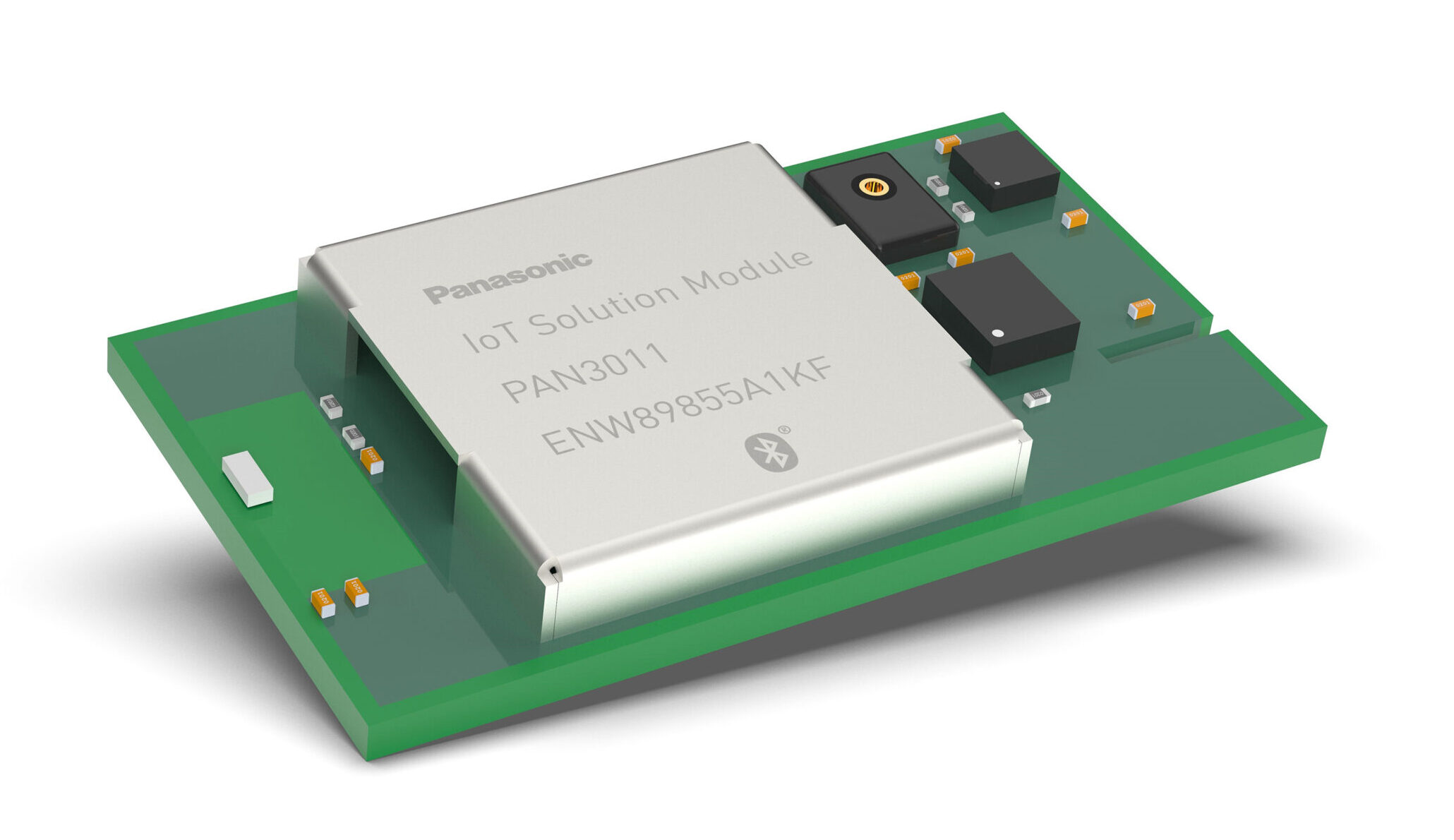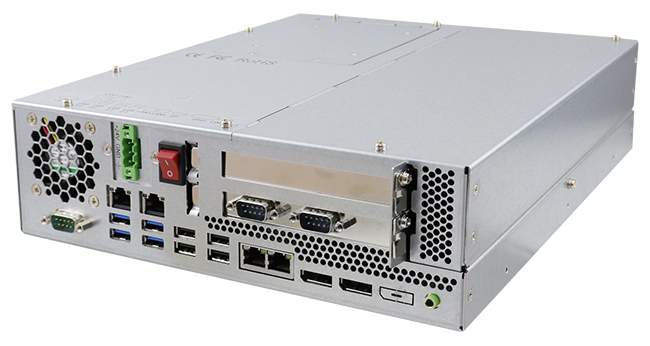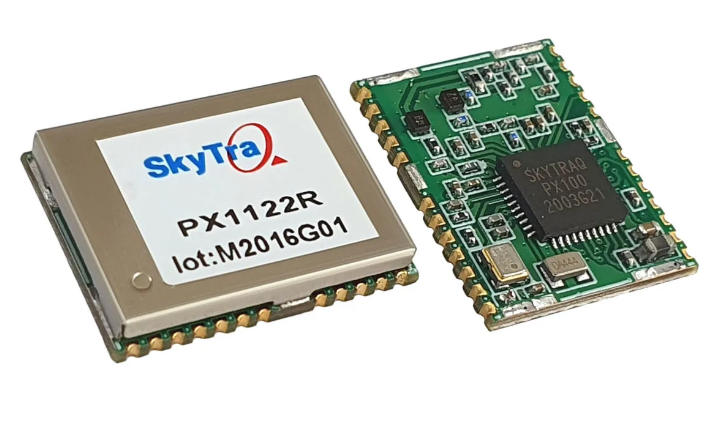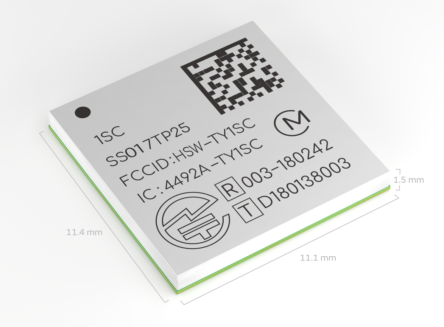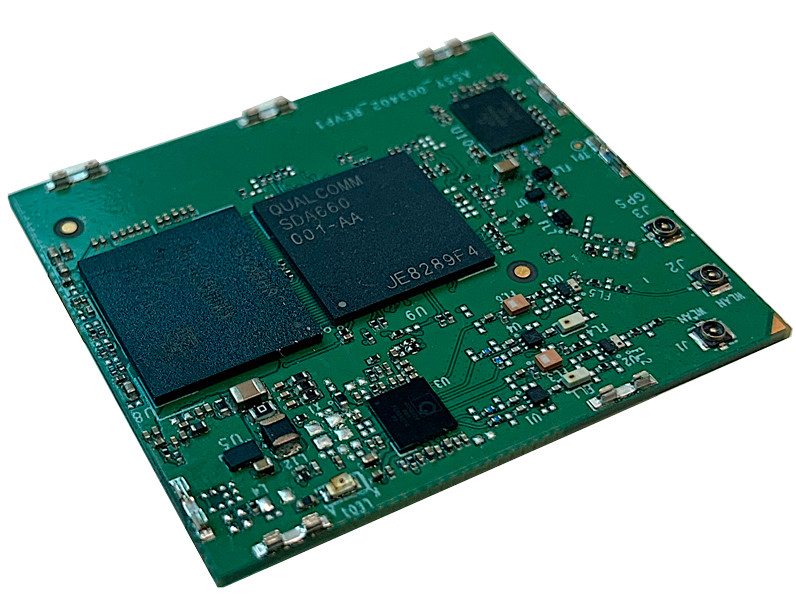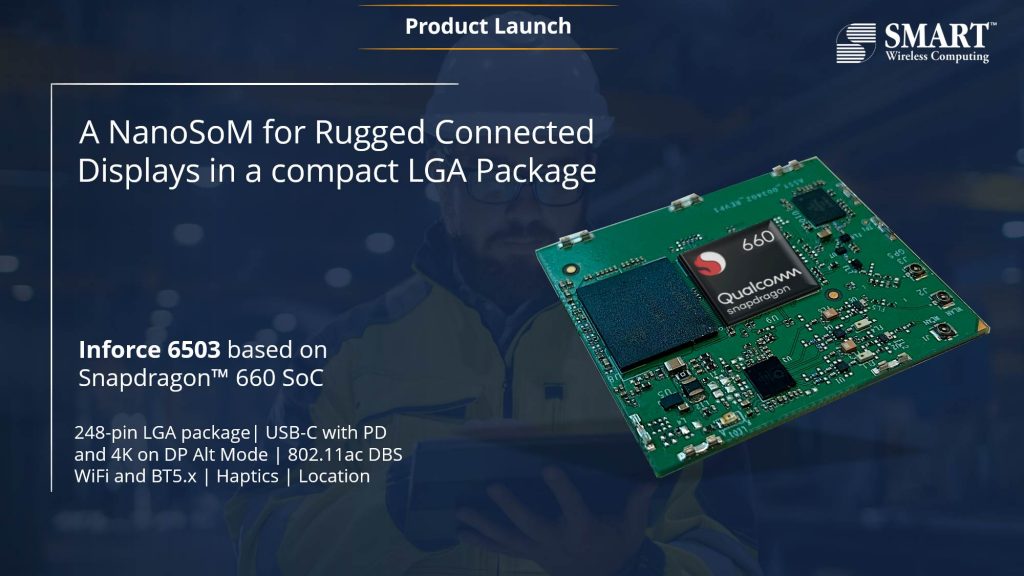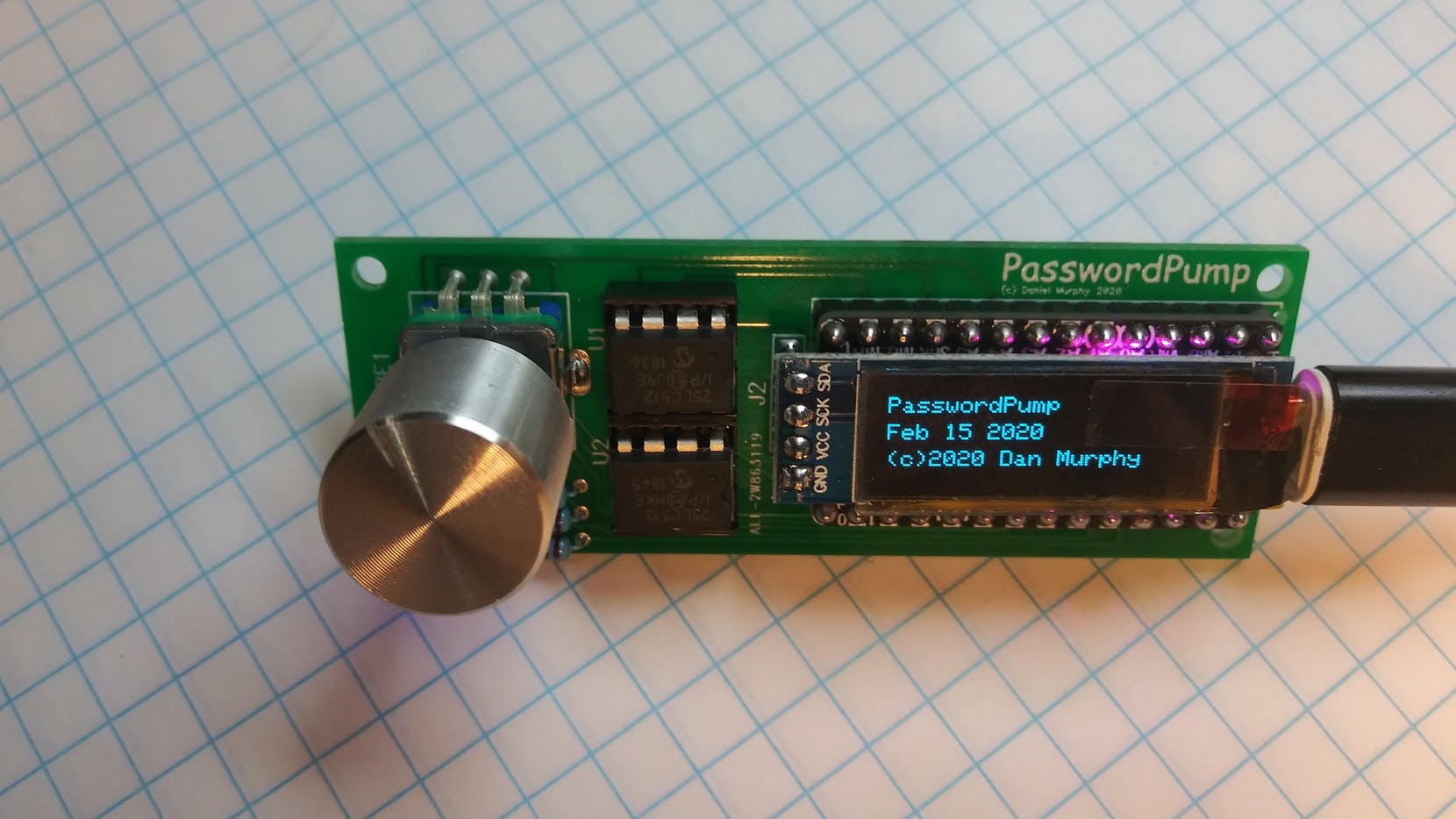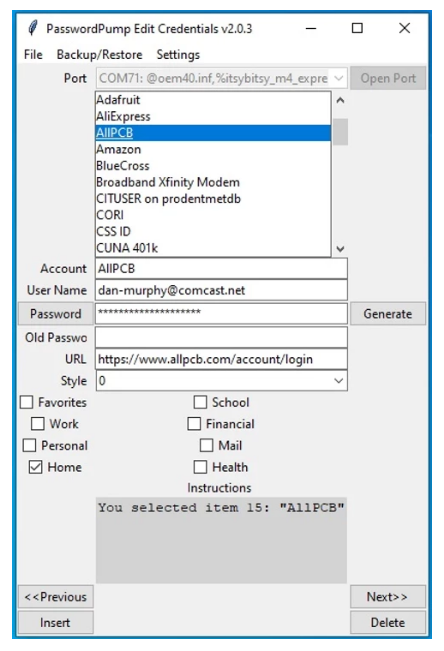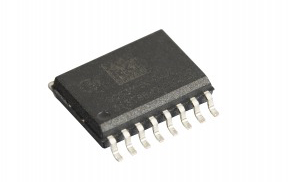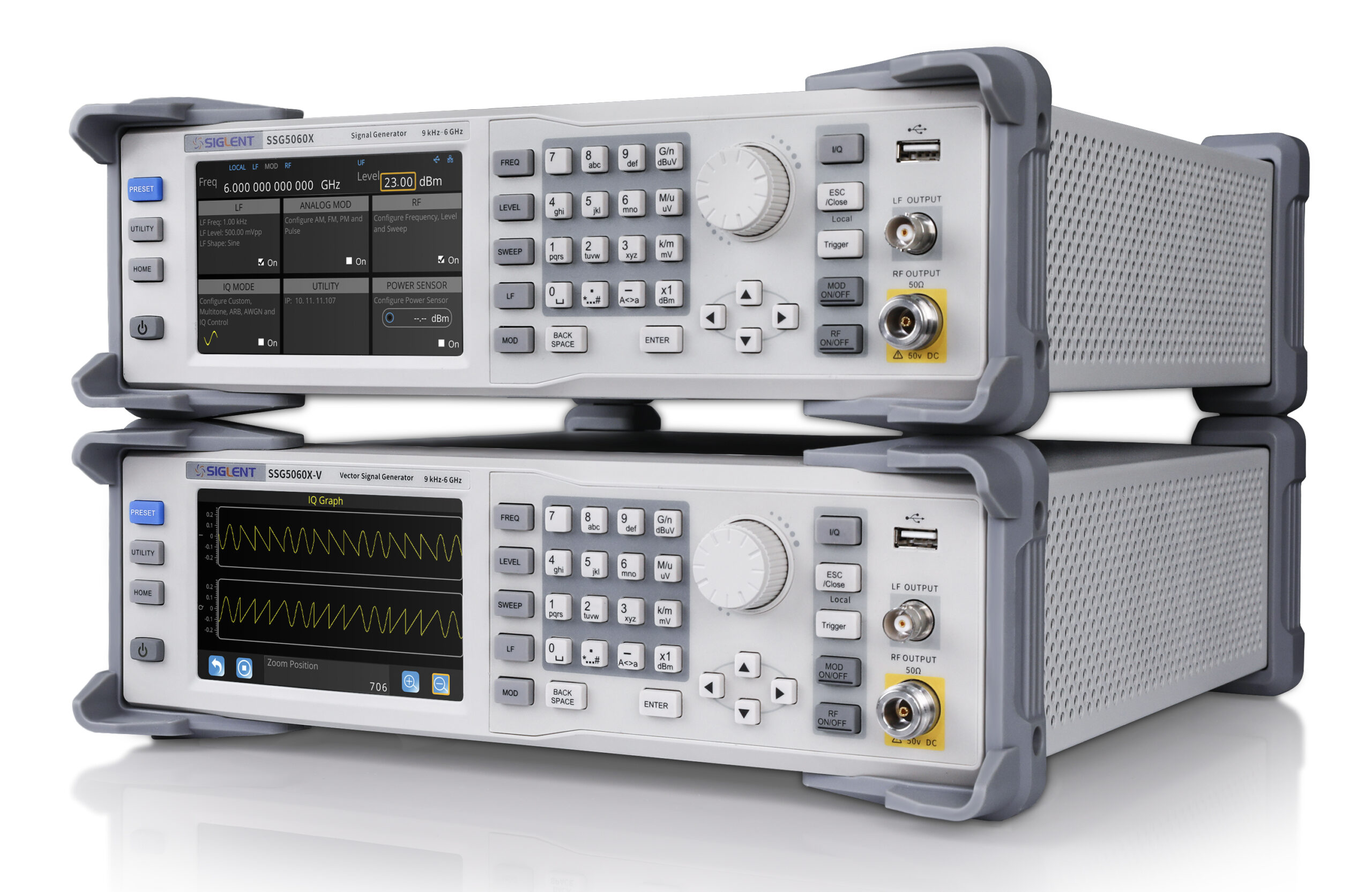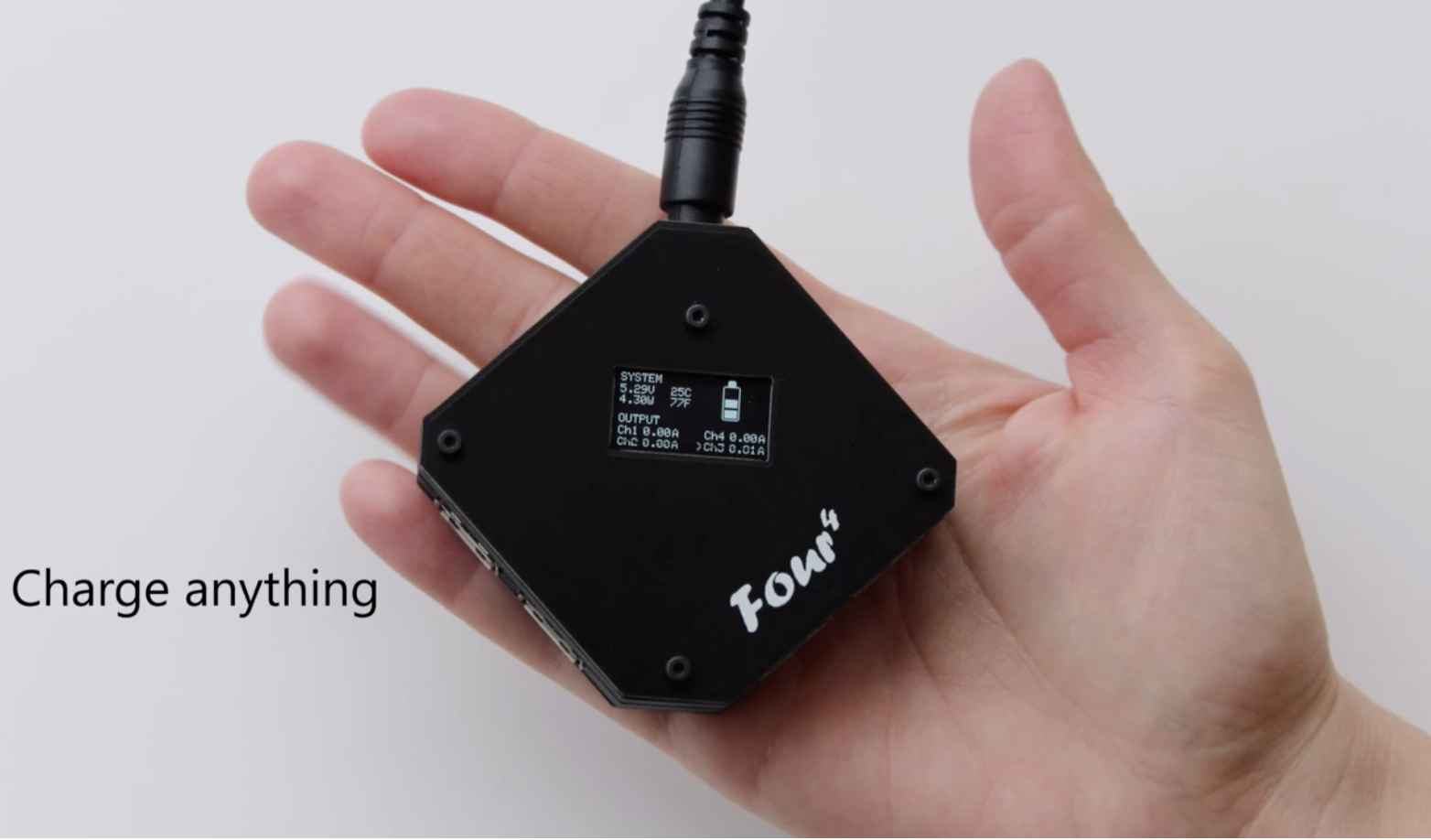
The more the electronic devices to charge, the more the multiple-port USB chargers to have, especially intelligent ones!
Yes, charging multiple devices at the same time can be very tiring; from having to deal with the mess of the plenty of cables and adapters needed for the different devices to hunting for free wall sockets and then to the inconveniences faced when trying to charge on a journey. But with multi-port USB chargers, things have really become much easier and faster!! However, while it seems like some have been able to fully satisfy the needs of people, others have not.
“The main reason the idea was brought to life is that I have never been satisfied with multi-port chargers. They are built with cheap components and lack functions that I believe are prerequisites for safe and smart charging. Many of them are told to deliver high power but when they are put to the feat, many of them fail in different aspects. Throttling the power outputs is most common, overheating or having very high voltage ripple are issues often found”, says Karoly Simon, Sweden-based designer of the Four4 multiple-port USB charger.
The Four4 USB charger design offers safety functions including data integrity protection that protects devices from data intrusion and harmful spyware when used in public USB outlets. The charger also has an OLED display that shows important system information as well as charging performance for charging optimization. All the channels of the charger are independent and each optimizes charging current to be as high as possible.

The Four4 is a perfect power supply for most SBCs too; its 3.2 power supply mode can satisfy the most power demanding board without disruption. Charger Specifications include:
- Input Voltage: 4.7 – 5.5V
- Output voltage: 5.3V
- Output current for each port: 8A
- Dimension: 60 x 60 x 21 mm (2.4 x 2.4 x 0.83 inch)
- Weight: 60 grams
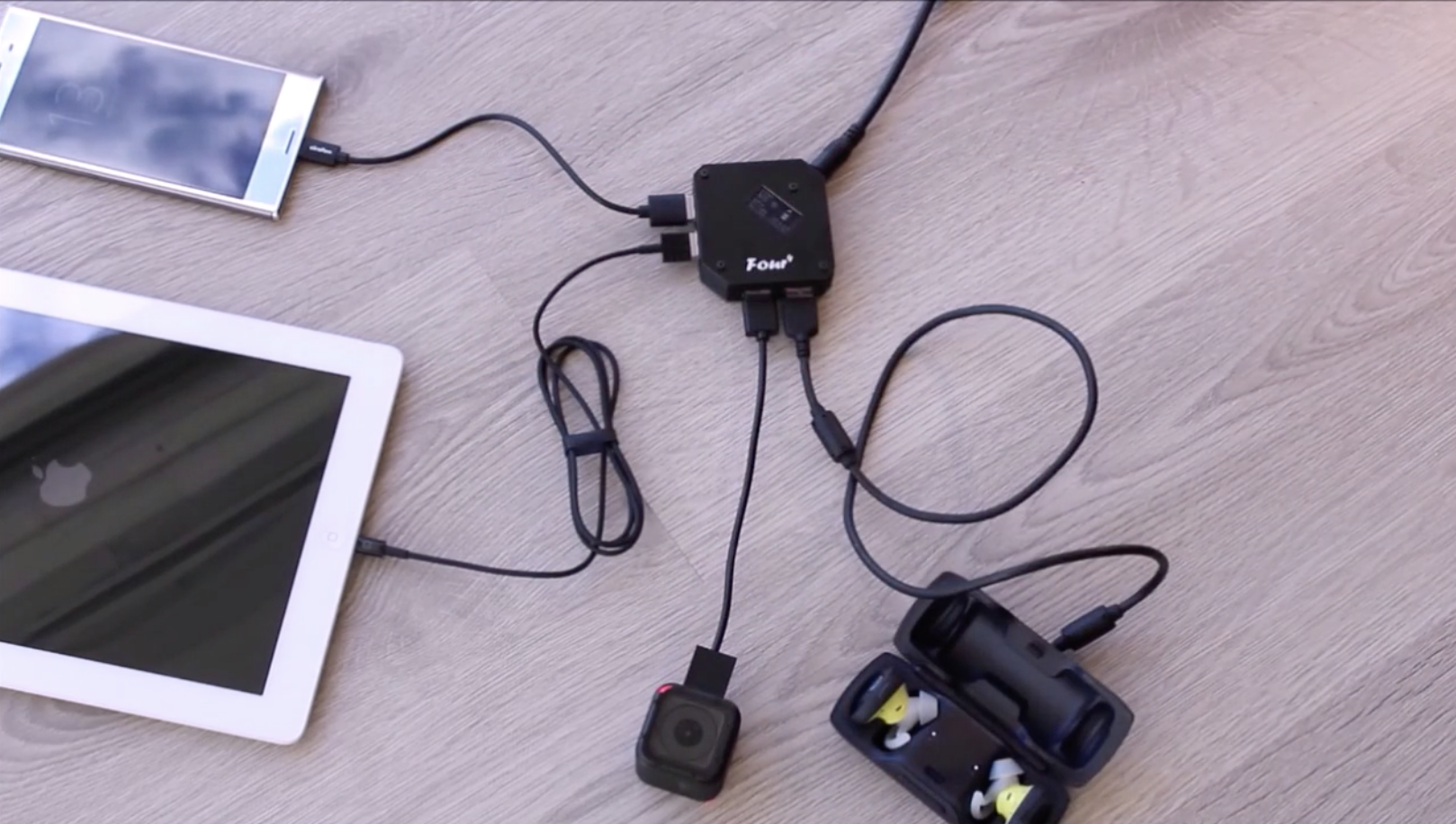
Simon adds that measurements, specifications, and results regarding safety functions, current supply, and power are however valid only with bundled power supply.
“You can use any 5V PSU to power the Four4 but minimum 5V/4A is recommended. To utilize/deliver the full 40W, you need to connect a minimum 5V/8A PSU!!”
More details on the Four4 multiple-port USB charger are available on IndieGoGo where it was launched with a $33,000 funding goal, and shipping scheduled to start in November 2020.


